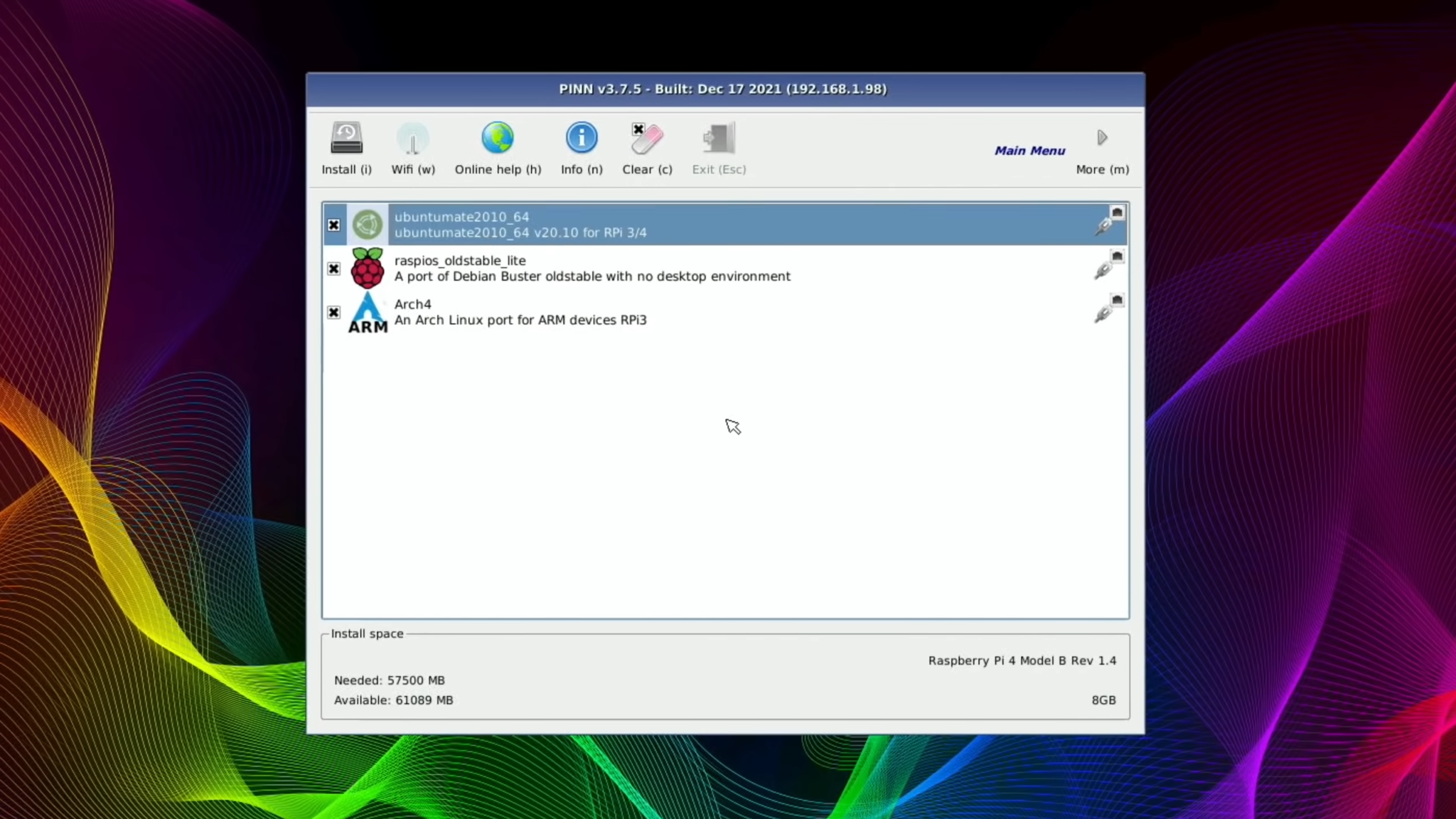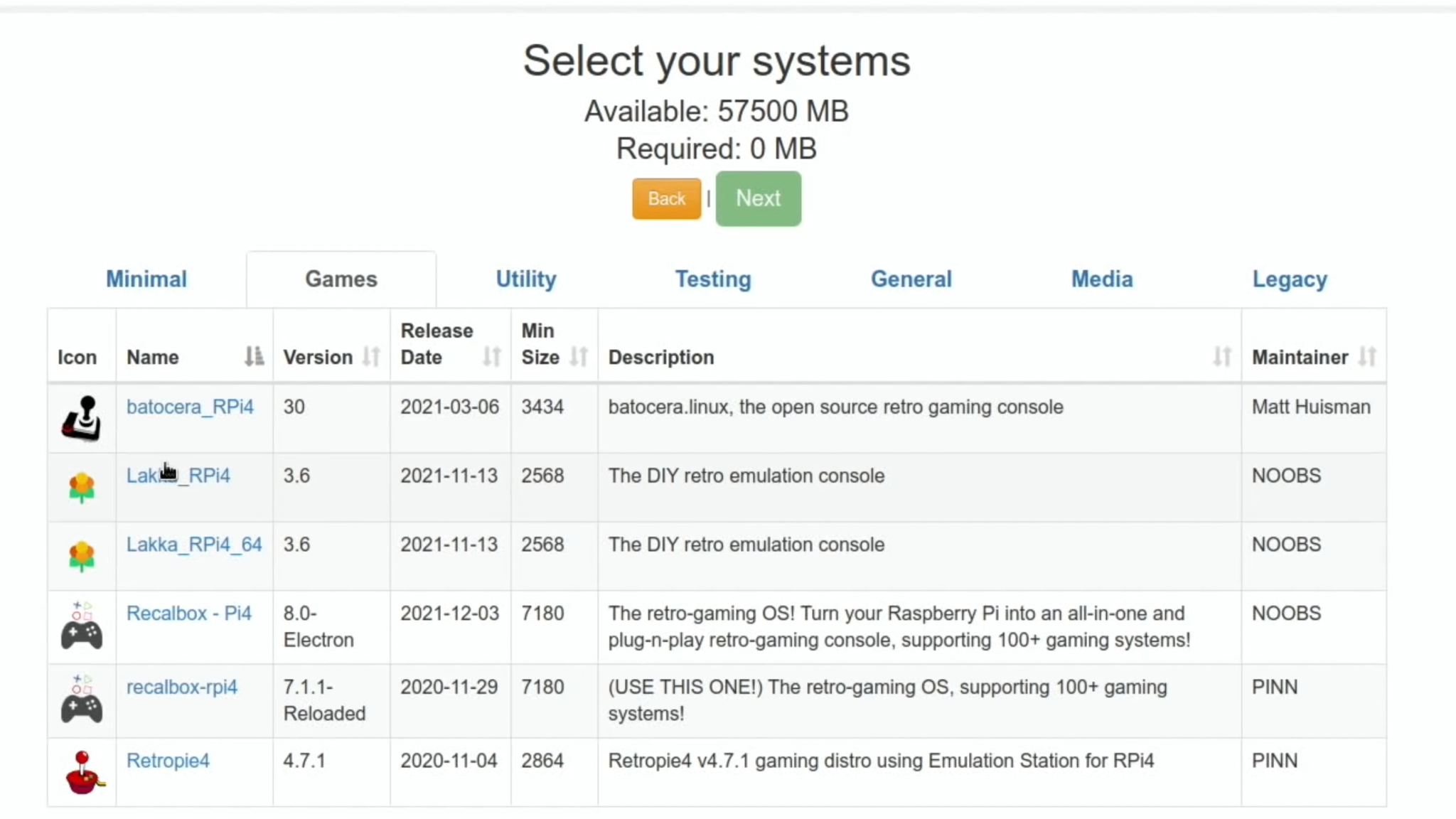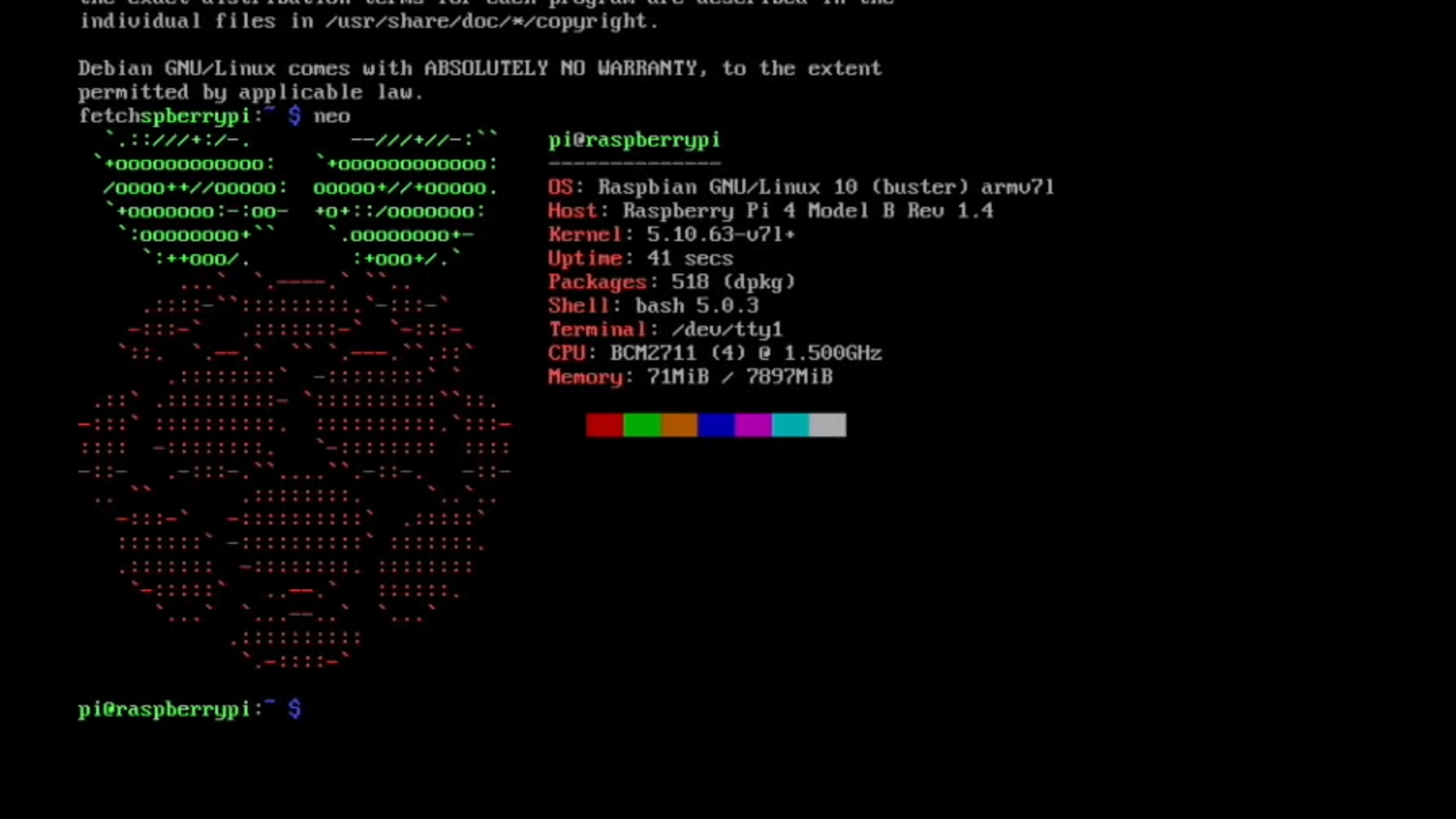Mastering The Art Of Manage Multiple Raspberry Pi: Your Ultimate Guide
Imagine this: you're standing in front of a fleet of Raspberry Pi units, all humming with potential, waiting for your commands. But how do you manage multiple Raspberry Pi devices without losing your mind? Well, you're in the right place, buddy. Today, we’re diving deep into the world of managing multiple Raspberry Pi setups, ensuring you’re equipped with the knowledge to handle these little powerhouses like a pro.
This isn’t just about setting up a few Pis; it’s about creating an efficient network that works seamlessly together. Managing multiple Raspberry Pi devices is more than a hobby—it’s a skill that’s becoming increasingly valuable as IoT technology expands. Whether you’re a hobbyist or a professional, understanding how to manage these devices is crucial for scaling your projects.
So, buckle up because we’re about to take you on a journey through the ins and outs of managing multiple Raspberry Pi setups. By the end of this guide, you’ll have the tools and knowledge to make your Raspberry Pi fleet work like a well-oiled machine. Let’s get started!
- Unlocking The Secrets Of Wwwdesi49com Your Ultimate Guide
- Why Vegamovies Website Is Your Ultimate Streaming Destination
Table of Contents
- Overview: Why Managing Multiple Raspberry Pi Matters
- Setting Up Your First Raspberry Pi
- Building a Robust Network Infrastructure
- Essential Tools for Managing Multiple Raspberry Pi
- Automation: Streamlining Your Workflow
- Securing Your Raspberry Pi Fleet
- Scaling Up: Tips for Expanding Your Network
- Monitoring and Maintenance
- Troubleshooting Common Issues
- The Future of Raspberry Pi Management
Overview: Why Managing Multiple Raspberry Pi Matters
Managing multiple Raspberry Pi devices isn’t just about having more gadgets; it’s about creating a network that’s scalable, efficient, and reliable. As IoT technology advances, the demand for interconnected devices is growing exponentially. Whether you’re running a home automation system or a professional server setup, managing multiple Raspberry Pi units is essential for maximizing performance.
But why does it matter? Well, imagine trying to control ten different Raspberry Pi devices manually. Sounds exhausting, right? That’s where proper management comes in. With the right strategies and tools, you can automate tasks, monitor performance, and ensure security across all your devices. It’s not just about convenience—it’s about efficiency and peace of mind.
The Importance of Network Infrastructure
A strong network infrastructure is the backbone of any successful Raspberry Pi setup. Without a reliable network, your devices won’t communicate effectively, leading to frustration and inefficiency. Ensuring your network is robust means fewer headaches and more time to focus on what truly matters: your projects.
- Sabrina Carpenter Erome A Rising Star Shining Brighter Than Ever
- Hd Hub 4you Your Ultimate Destination For Highquality Entertainment
Setting Up Your First Raspberry Pi
Before we dive into managing multiple Raspberry Pi devices, let’s start with the basics: setting up your first Pi. This step is crucial because it lays the foundation for your entire network. Whether you’re using a Raspberry Pi 4 or the latest model, the setup process is relatively straightforward.
Here’s a quick rundown of what you’ll need:
- Raspberry Pi unit (obviously)
- MicroSD card with pre-installed Raspberry Pi OS
- Power supply
- HDMI cable and monitor (optional)
Once you’ve gathered your materials, follow these steps:
- Insert the microSD card into your Raspberry Pi.
- Connect your power supply and turn on the device.
- Configure your Wi-Fi settings and update the OS.
And just like that, you’re ready to roll!
Scaling Up: Setting Up Multiple Raspberry Pi Devices
Now that you’ve got one Raspberry Pi up and running, it’s time to scale up. Setting up multiple devices involves a bit more planning, but it’s definitely doable. The key is consistency—ensure each device is configured the same way to avoid compatibility issues.
Building a Robust Network Infrastructure
Your network infrastructure is the backbone of your Raspberry Pi setup. A weak network can lead to dropped connections, slow performance, and a whole lot of frustration. To avoid these issues, invest in a reliable router and consider setting up a dedicated network for your Pi devices.
Here are a few tips for building a robust network:
- Use a wired connection whenever possible for faster and more stable performance.
- Set up a static IP address for each Raspberry Pi device to ensure consistent communication.
- Monitor network traffic regularly to identify and resolve bottlenecks.
Tools for Network Management
There are several tools available to help you manage your network infrastructure. Some popular options include:
- pi-hole: A network-wide ad blocker that also doubles as a DNS server.
- Network Manager: A GUI tool for managing network settings on your Raspberry Pi.
- Wireshark: A powerful tool for analyzing network traffic.
Essential Tools for Managing Multiple Raspberry Pi
When it comes to managing multiple Raspberry Pi devices, having the right tools can make all the difference. From automation software to monitoring platforms, there are plenty of options to choose from. Here are a few essentials:
- Ansible: A configuration management tool that allows you to automate tasks across multiple devices.
- PiCluster: A tool designed specifically for managing clusters of Raspberry Pi devices.
- Home Assistant: A popular platform for home automation that integrates seamlessly with Raspberry Pi.
Choosing the Right Tools for Your Needs
Not all tools are created equal, so it’s important to choose the ones that best fit your needs. Consider factors like ease of use, compatibility, and scalability when making your decision. Don’t be afraid to experiment with different tools until you find the perfect fit for your setup.
Automation: Streamlining Your Workflow
Automation is the name of the game when it comes to managing multiple Raspberry Pi devices. By automating repetitive tasks, you can save time and reduce the risk of human error. Some common automation tasks include:
- Software updates
- Backup processes
- Monitoring and alerting
Using tools like Ansible or Python scripts, you can automate these tasks and ensure your Raspberry Pi fleet runs smoothly without constant supervision.
Benefits of Automation
The benefits of automation are numerous. Not only does it save time, but it also improves accuracy and consistency across your devices. Plus, who doesn’t love a little extra free time to focus on more exciting projects?
Securing Your Raspberry Pi Fleet
Security should always be a top priority when managing multiple Raspberry Pi devices. With the increasing number of cyber threats, protecting your network is more important than ever. Here are a few security tips to keep your devices safe:
- Use strong, unique passwords for each device.
- Enable SSH key authentication instead of passwords.
- Regularly update your software and firmware.
Security Tools to Consider
There are several security tools available to help you protect your Raspberry Pi fleet. Some popular options include:
- Fail2Ban: A tool that blocks IP addresses after multiple failed login attempts.
- UFW (Uncomplicated Firewall): A simple firewall tool for securing your network.
- ClamAV: An antivirus software for detecting and removing malware.
Scaling Up: Tips for Expanding Your Network
As your Raspberry Pi projects grow, so will your network. Scaling up your setup requires careful planning and execution. Here are a few tips to help you expand your network efficiently:
- Invest in a powerful router to handle the increased traffic.
- Consider setting up a dedicated server for managing your devices.
- Regularly review your network architecture to identify areas for improvement.
Common Challenges When Scaling
Scaling a Raspberry Pi network isn’t without its challenges. Common issues include bandwidth limitations, compatibility problems, and increased management complexity. However, with the right tools and strategies, these challenges can be overcome.
Monitoring and Maintenance
Monitoring and maintaining your Raspberry Pi fleet is crucial for ensuring long-term success. Regular maintenance helps prevent issues before they become major problems. Here are a few monitoring tips:
- Set up alerts for critical events like high CPU usage or disk space issues.
- Regularly review logs for signs of trouble.
- Perform routine backups to protect your data.
Tools for Monitoring and Maintenance
There are several tools available to help you monitor and maintain your Raspberry Pi devices. Some popular options include:
- Grafana: A powerful tool for visualizing system metrics.
- Prometheus: A monitoring system and time-series database.
- Log2Ram: A tool that reduces wear on your SD card by storing logs in RAM.
Troubleshooting Common Issues
Even the best-managed Raspberry Pi setups can encounter issues from time to time. Here are a few common problems and how to solve them:
- Connection Issues: Check your network settings and ensure all devices are connected properly.
- Software Errors: Update your software and check for conflicting packages.
- Hardware Failures: Inspect your devices for physical damage and ensure all components are functioning correctly.
Tips for Effective Troubleshooting
Effective troubleshooting requires a methodical approach. Start by identifying the problem, then work through potential solutions systematically. Don’t hesitate to consult online forums or communities for additional help if needed.
The Future of Raspberry Pi Management
As technology continues to evolve, so too will the ways we manage Raspberry Pi devices. Advances in AI, machine learning, and IoT will open up new possibilities for automation and optimization. Staying ahead of these trends will ensure your Raspberry Pi fleet remains cutting-edge and efficient.
Emerging Trends in Raspberry Pi Management
Some exciting trends to watch include:
- Edge computing: Processing data closer to the source for faster results.
- AI-driven automation: Using AI to optimize and streamline management tasks.
- Enhanced security measures: New technologies for protecting your devices from cyber threats.
By keeping an eye on these trends, you’ll be well-prepared for whatever the future holds.
Conclusion
Managing multiple Raspberry Pi devices doesn’t have to be a daunting task. With the right strategies, tools, and mindset, you can create a network that’s efficient, scalable, and secure. From setting up your first Pi to troubleshooting common issues, this guide has provided you with the knowledge and resources to take your Raspberry Pi projects to the next level.
So, what are you waiting for? Get out there and start managing those Pis! And don’t forget to share your experiences in the comments below. Who knows? You might just inspire someone else to dive into the world of Raspberry Pi management. Happy tinkering, my friend!



Detail Author:
- Name : Madeline Toy
- Username : eino72
- Email : fheaney@johnson.com
- Birthdate : 2003-12-26
- Address : 186 Malika Overpass Apt. 906 West Janiya, KS 32253
- Phone : (952) 473-1522
- Company : Johnston Group
- Job : Social Science Research Assistant
- Bio : Illum eligendi dolorem magnam accusamus architecto quod vel. Non est voluptas neque praesentium. Velit quasi qui perferendis. Ipsam perspiciatis eius dolorem qui.
Socials
linkedin:
- url : https://linkedin.com/in/kobe_klocko
- username : kobe_klocko
- bio : Molestiae aliquid non et fugiat aut sed dolorem.
- followers : 6696
- following : 395
tiktok:
- url : https://tiktok.com/@kklocko
- username : kklocko
- bio : Quod sed perspiciatis ad non suscipit. Rerum odit quam nemo.
- followers : 5876
- following : 2100
facebook:
- url : https://facebook.com/kobe_klocko
- username : kobe_klocko
- bio : Temporibus iste voluptatum sequi ullam excepturi et.
- followers : 5949
- following : 2333